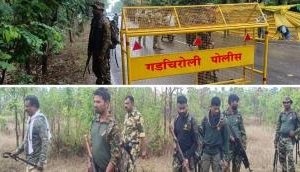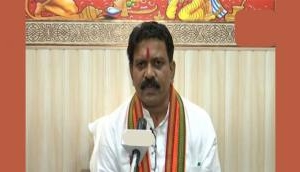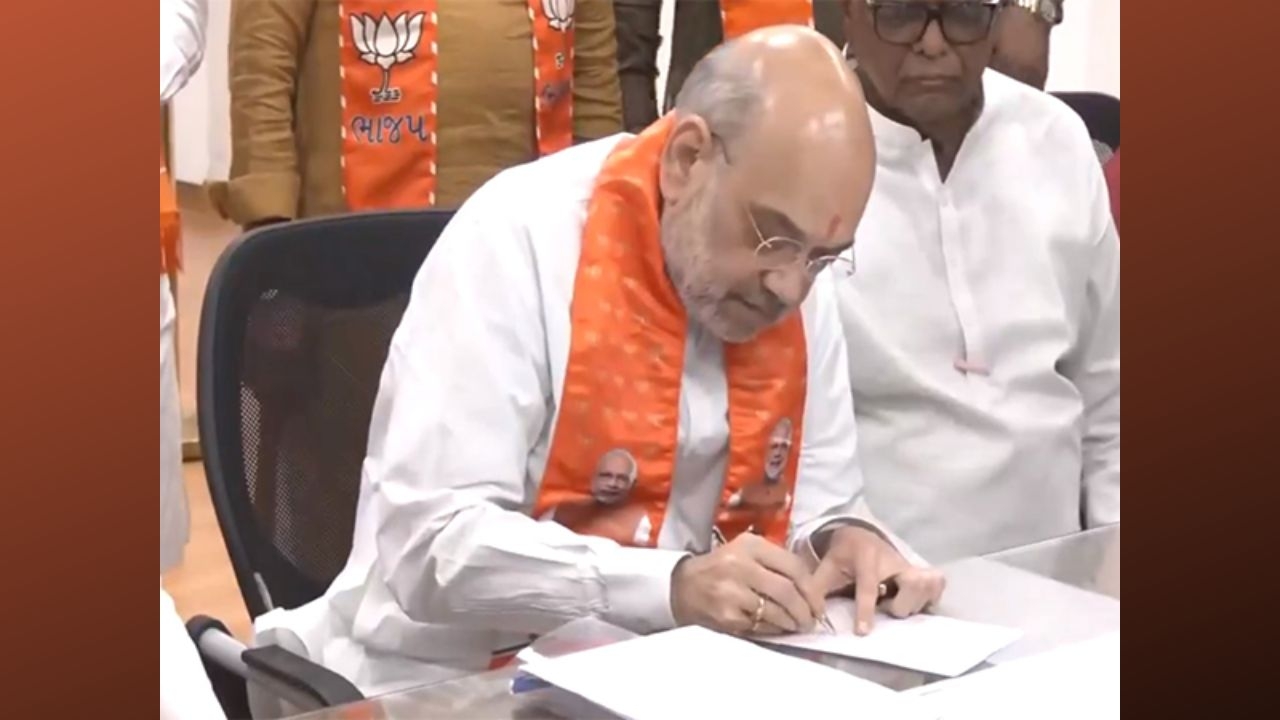At a glance: 10 absurd things you should know about farming in India

Three lakh farmers have committed suicide in India in the last 20 years. This is a staggering figure, indicating staggering distress.
But it never seems to get the sustained national attention it deserves.
These suicides may seem like disparate stories of personal tragedies. But a common thread runs through them: India's entire farm sector is in deep and chronic distress.
There are structural reasons why farming has become an illogical and irrational economic activity in India.
Here are 10 of the most absurd ones:
This is one of the biggest ironies of agriculture. Buying seeds is an input cost that many claim should not have been there in the first place.
The evolution of genetically modified and high-yielding variety seeds has meant that seed companies end up making a killing selling them - turning what could have been an additional source of income for farmers into a cost instead.
Seeds of some varieties of tomatoes apparently cost up to Rs 1 lakh a kilo. According to Prabhakar Kelkar, General Secretary of Bharatiya Kisan Sangh, seed giant Monsanto earns Rs 1,000 crore annually just from the royalty of the seeds it sells.
[twittable]The Indian farmer is forced to buy seeds from companies, cannot sell produce where he wants or decide the price[/twittable]Banks persistently woo the salaried class and businessmen with attractive loan offers even when they are not interested.
Not so for farmers, leaving a massive percentage of them at the mercy of private moneylenders. Journalist Shankkar Aiyar writes that six out of 10 farmers are unable to get loans from the formal sector. Those who do, end up paying interest rates so high that a loan for a Mercedes car can turn out to be cheaper than that for a tractor.
The rate of interest that moneylenders charge - anywhere between 50% and 120% - is nothing short of extortion.
To make matters worse, co-operative banks demand repayments by the closing of the financial year in March, whereas crops are actually harvested and sold only after April. Just a slight shift in the banking cycle would help farmers repay debts. But this has not been done.
Believe it or not, it is actually illegal for farmers to sell their produce wherever they want. States have government-run mandis and it is only here that a farmer must sell his produce.
Nike can sell its shoes at a showroom near your house but a farmer cannot sell his produce outside the mandi.
Companies are free to make anything from clothes and gadgets to cars - and decide the price of their product. They can source cheap cloth and mark up the price of a shirt by several hundred per cent.
However, farmers cannot set even a reasonable price for their product - based on actual input cost and labour.
Eminent agricultural scientist MS Swaminathan has suggested that farmers should get cost plus 50% as the fair price of their produce.
That looks far from happening. On the contrary, this year the government has instructed states to cut back on any bonus schemes they might have, which would pay farmers more the minimum selling price (MSP) set by the government.
For decades, governments have set a minimum selling price or a 'floor rate' for farm produce. This was meant to protect the farmer from being fleeced by wholesalers. But it has actually become the maximum price that he gets in the mandi.
Often, traders not only cheat farmers by paying them lesser amounts, which is illegal, but escaping action by submitting fake receipts.
You and I can save ourselves from unseasonal rain and feel relieved at the dip in temperatures. However, for the farmer, even a bit of unexpected rain or hailstorm could mean utter financial ruin.
The situation has worsened over time but we are yet to come up with an effective solution.
Most Indians in other walks of life have life insurance and health insurance; industries have risk-insurance. According to Prof Swaminathan, crop insurance is a viable solution, but this is available only to 15% farmers in India.
[fullsuite/]
Norms for government compensation for damaged crops are also so rigid and irrational that a farmer can never recover the loss incurred. For instance, a single farmer may have lost all his crop, but if other farmers in his neighbourhood have not lost a set percentage of their crop, he is not eligible for compensation.
Some states provide electricity to farmers free of cost. But they supply it only for seven hours and that too in the night.
Farmers are therefore forced to toil during the day and irrigate their fields at night, often in freezing cold. Sleep deprivation is common, so are associated diseases and falling prey to snake bites.
Government employees are assured a minimum salary, benefits, a salary revision twice a year to adjust to price-rise. They even get a Commission to recommend a substantial salary hike every few years.
This always has a pressure effect on salaries in the private sector as well. No such mechanism exists for the farmer, in spite of his high risk, yet important, economic activity.
Agriculture and food policy analyst Devinder Sharma says that Rs 1,100 per hectare is all an average wheat farmer makes in a month.
After putting in backbreaking work.
With nearly 60 per cent of Indians either working in or living off farms, agriculture is the country's largest employer.
Yet, farmers have no say in the preparation of the national budget or policies to guide international negotiations impacting their lives. The government talks to captains of industry but not to farmers.
Concerns about 'ease of business' seem to be valid only for industry, not farming.
Agriculture is dismissed as the sector that contributes less than 15% to the Gross Domestic Product (GDP), conveniently omitting its role as the food provider for about 20 crore farming households.
As the National Secretary of the Bharatiya Kisan Sangh, Mohini Mohan Mishra says: "Our farmers run 20 crore dhabas in their homes. You need to recalculate their contribution to the GDP."







![BJP's Kapil Mishra recreates Shankar Mahadevan’s ‘Breathless’ song to highlight Delhi pollution [WATCH] BJP's Kapil Mishra recreates Shankar Mahadevan’s ‘Breathless’ song to highlight Delhi pollution [WATCH]](http://images.catchnews.com/upload/2022/11/03/kapil-mishra_240884_300x172.png)

![Anupam Kher shares pictures of his toned body on 67th birthday [MUST SEE] Anupam Kher shares pictures of his toned body on 67th birthday [MUST SEE]](http://images.catchnews.com/upload/2022/03/07/Anupam_kher_231145_300x172.jpg)






